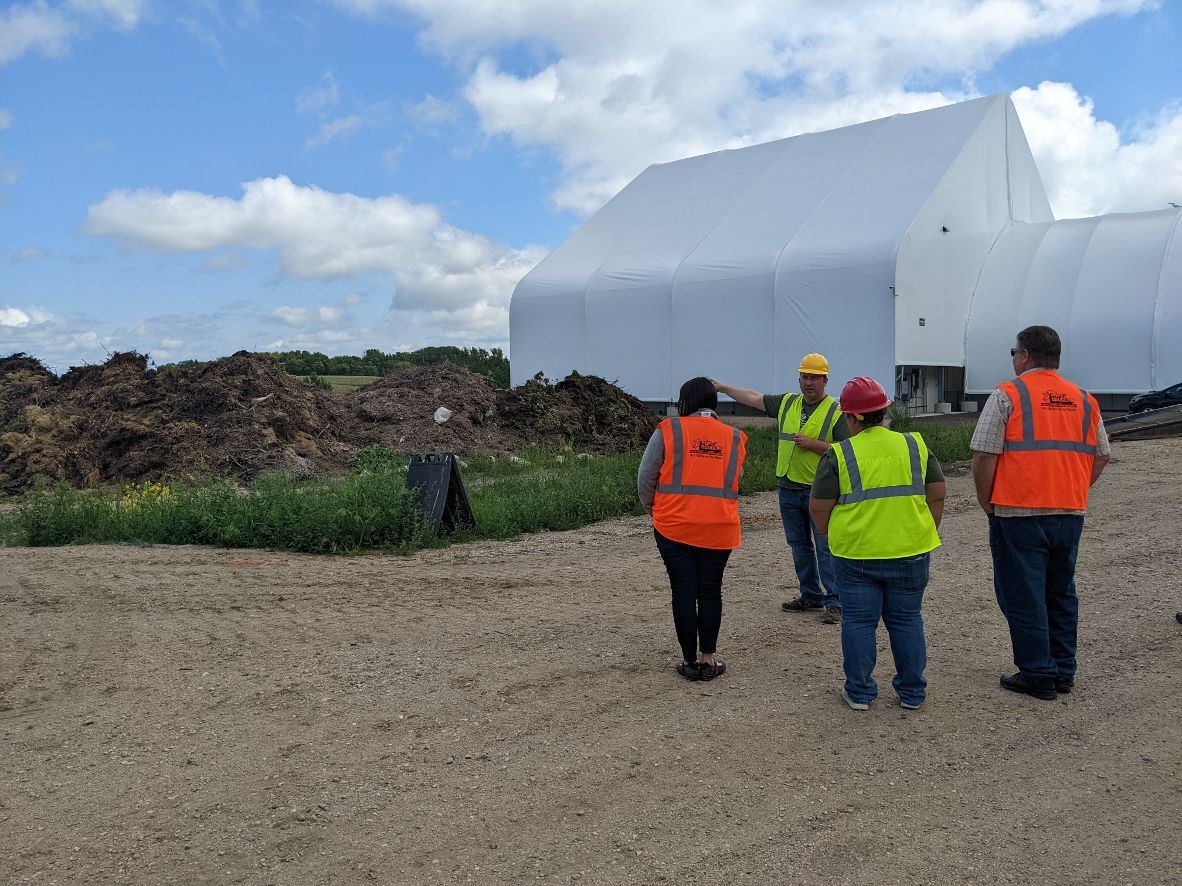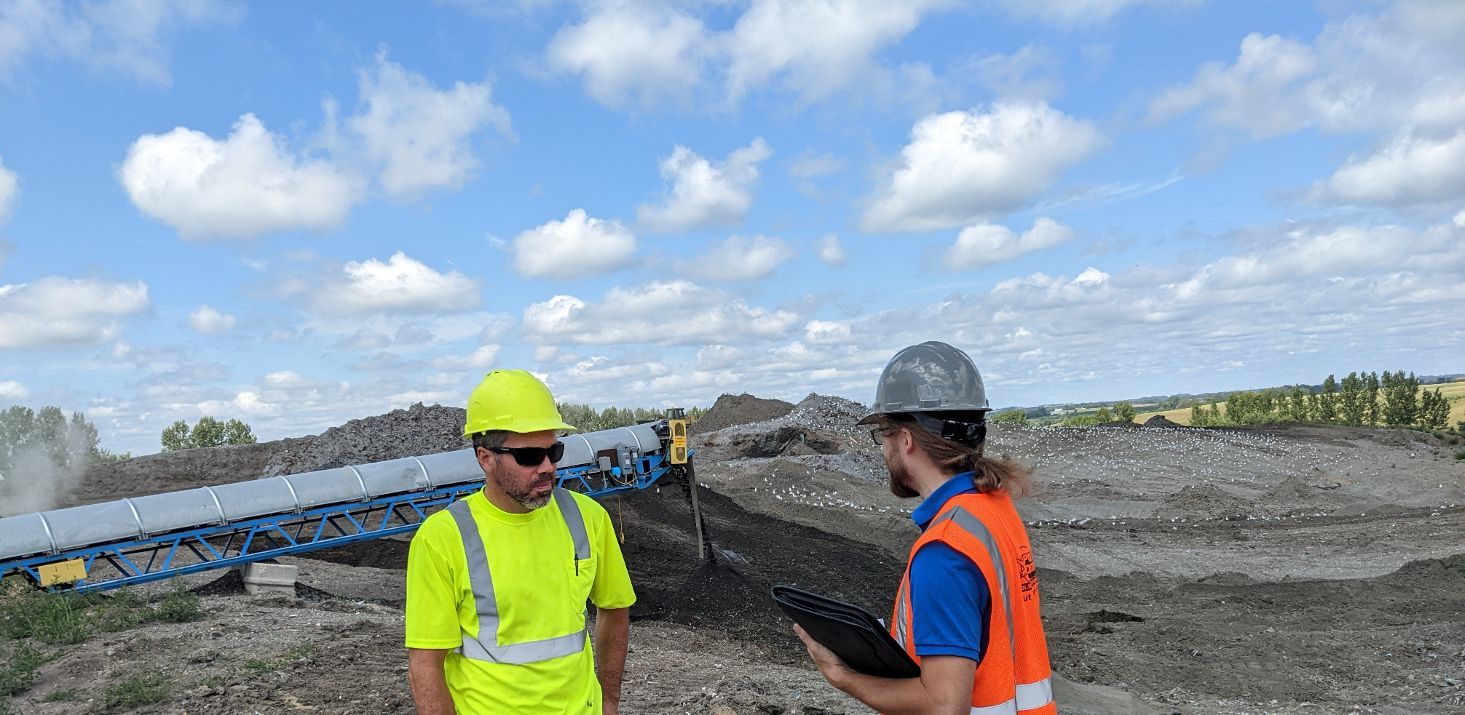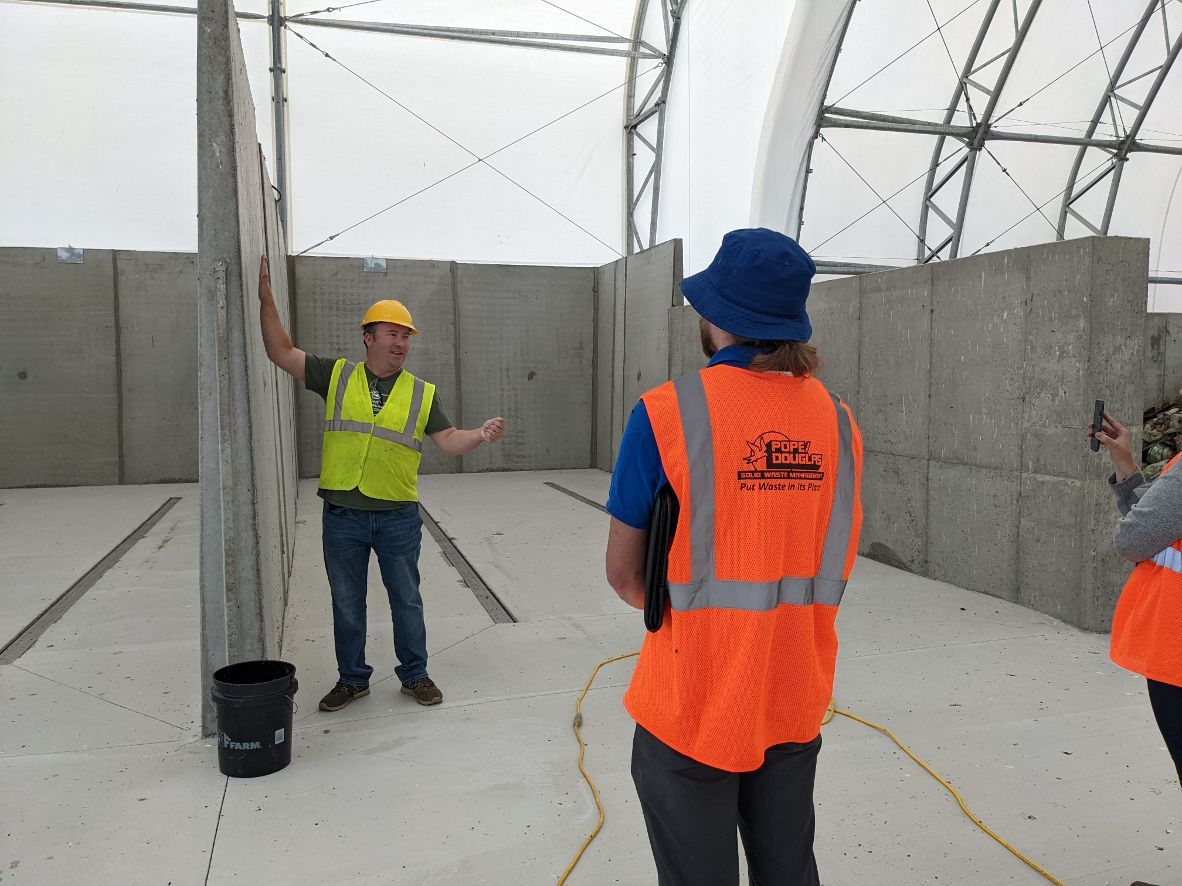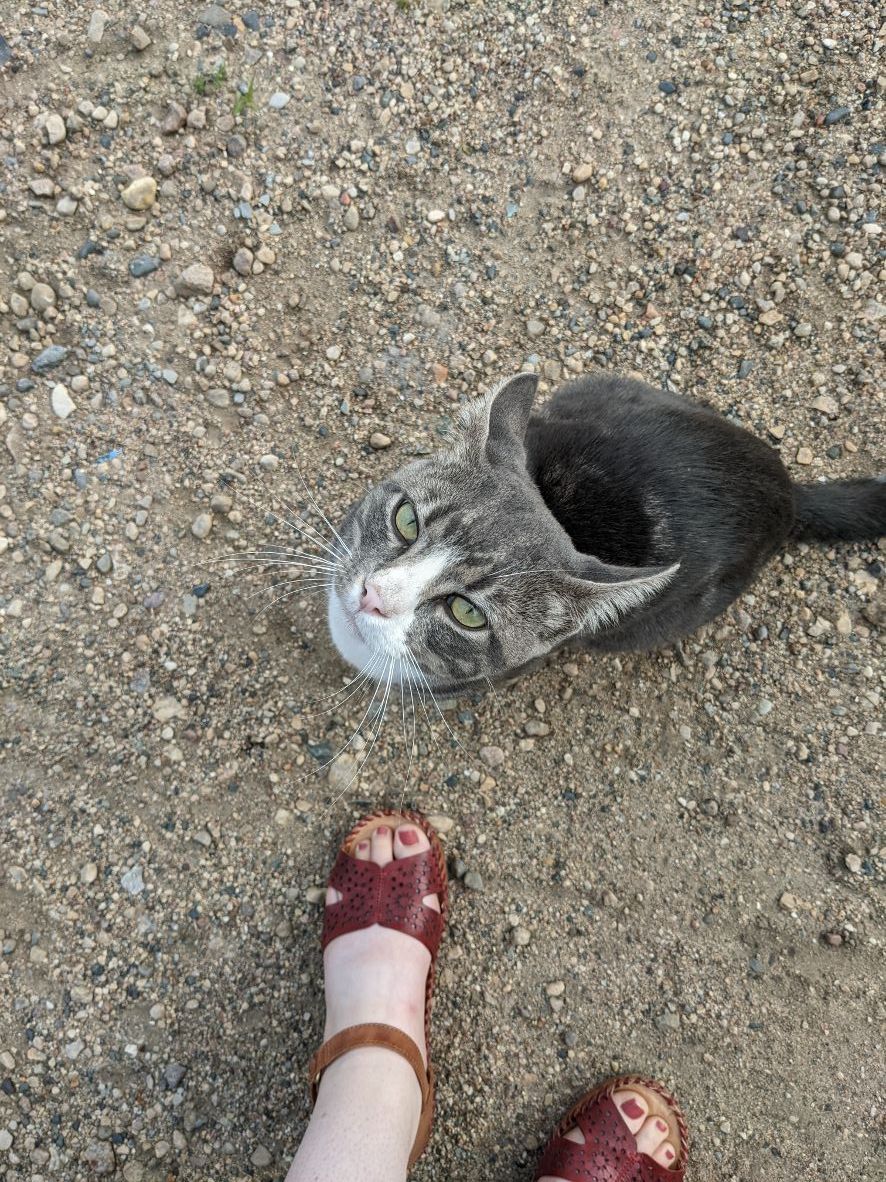Making the most of food waste: Growing community compost programs in Minnesota
In the U.S., we waste an estimated 30% to 40% of our food supply.

HOFFMAN, MINN. - When St. Louis Park launched its compost program about 10 years ago, the main concerns from residents were about storing their organic waste and managing the smell.
"It's an imperfect perception, that this was going to be smelly or smell more," said Kala Fisher, solid waste manager for St. Louis Park, a first-ring suburb of the Twin Cities. "It's the same material they've been setting out, commingled in their garbage for years."
In the U.S., we waste an estimated 30% to 40% of our food supply, according to the U.S. Department of Agriculture. Waste happens in our homes and at every stage of the supply chain.
When we waste food, we squander the resources that went into it: water, labor, fuel to transport it and more. We also send much of that waste to landfills where it breaks down and releases methane, a greenhouse gas that's more potent than carbon dioxide.
With big problems comes big potential. Reducing food waste is considered the third most powerful solution to global warming in Drawdown, published in 2017. Composting is the 60th most impactful solution on the list.
The first step in reducing food waste is to reduce excess production. The next step is to give excesses to humans rather than animals who need it. Then, ideally, we can use food waste for industrial purposes. After all those steps have been taken, we can then compost the remainder to supplement our soils. It's a hierarchy championed by the U.S. Environmental Protection Agency.
Food composting curbside collection programs in the U.S. served 6.1 million homes in 2017, according to the most recent data shared by the EPA. That's about 0.5% of all U.S. households that year.
Since then, composting programs have expanded across Minnesota. Yard waste is accepted at about 125 sites across the state. And there are nine permitted transfer stations in the state where food waste and other organic material is collected.
State money is helping fund the new Glacial Ridge Compost Facility run by Pope/Douglas Solid Waste Management, which serves seven counties in central Minnesota, including the three around St. Cloud.

The Pope/Douglas organics recycling program began in 2017 with four schools. It expanded in 2020 to handle 1,000 tons annually. The new facility, going online later in 2022, can handle 2,500 tons, and there's room on site to double its capacity.
"It's been a long effort to get to this point," said Nathan Reinbold, environmental coordinator for Pope/Douglas Solid Waste Management, during a tour last week. It was part of an event called Best Practices for Community Organics Composting Collection & Sites.
The event took place at the new Glacial Ridge Compost Facility, which is located next to the Pope/Douglas Ash Landfill where incinerated garbage is stored and also sifted through. The Metal Recovery Facility pulls all manner of metals from the ash. The scraps are sold and the process reduces the volume in the landfill, prolonging its life.

Even though the landfill content has been burned, flocks of seagulls circle around and pick at the waste. A friendly gray cat hangs about the office on site, rubbing against visitors' legs and presumably preying on opportunistic pests.
The new compost facility is under a towering white arched structure with a built-in aeration system and trenches in the ground to capture and control runoff, also known as leachate or, in colloquial language, garbage juice.
Mulch helps manage the smell and so will the technology in place to help the waste transition into compost. When it's ready to use it can be added to soils.

St. Louis Park requires its engineering department to use the compost produced with the city's waste. The city also makes it available to residents to use in their gardens or landscaping, Fisher said, while presenting at the Best Practices event last week.
More than 12,300 households in St. Louis Park participate in the organics recycling program. That's about 40% of residents. The city also has five drop off sites for apartment residents with plans to add five more.
Cost of the program was a barrier initially, but the city turned that around by adding the cost of the program into the overall solid waste rates. This way everyone pays for it, and there's no additional fee to participate. That policy helped the Minneapolis program take off, Fisher said. And it worked for St. Louis Park too. Adoption doubled in one year.
"People don't really believe that they have much for food waste until they start separating it and seeing it in a separate container," Fisher said.

How can you compost?
Here's a good "how to" on backyard composting from the Minnesota Pollution Control Agency.
Find Minnesota compost facilities on this map.
ShareWaste maps sites all over the world that accept food waste and other organics to be used in composting, worm-farming or other farm systems.
Check with your city, county or state agencies for local drop off sites or to advocate for a community collection program.
This story was originally published in the Project Optimist newsletter on Aug. 25, 2022.
